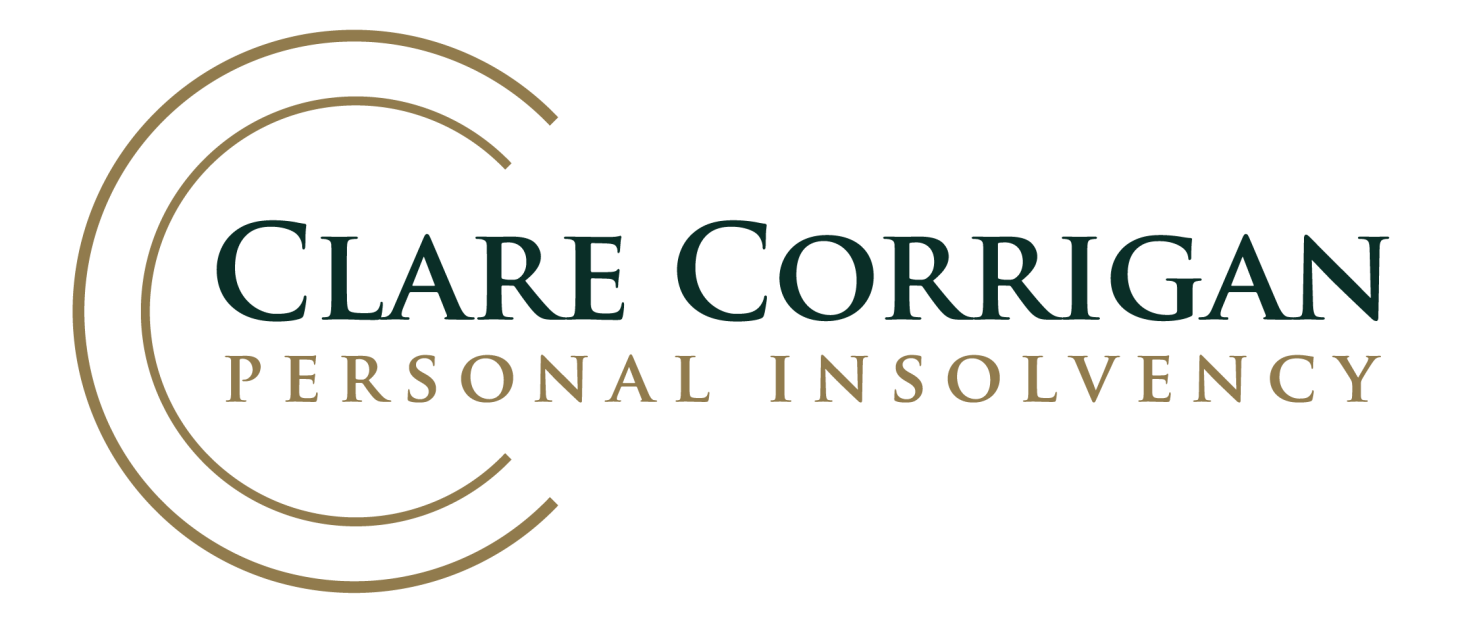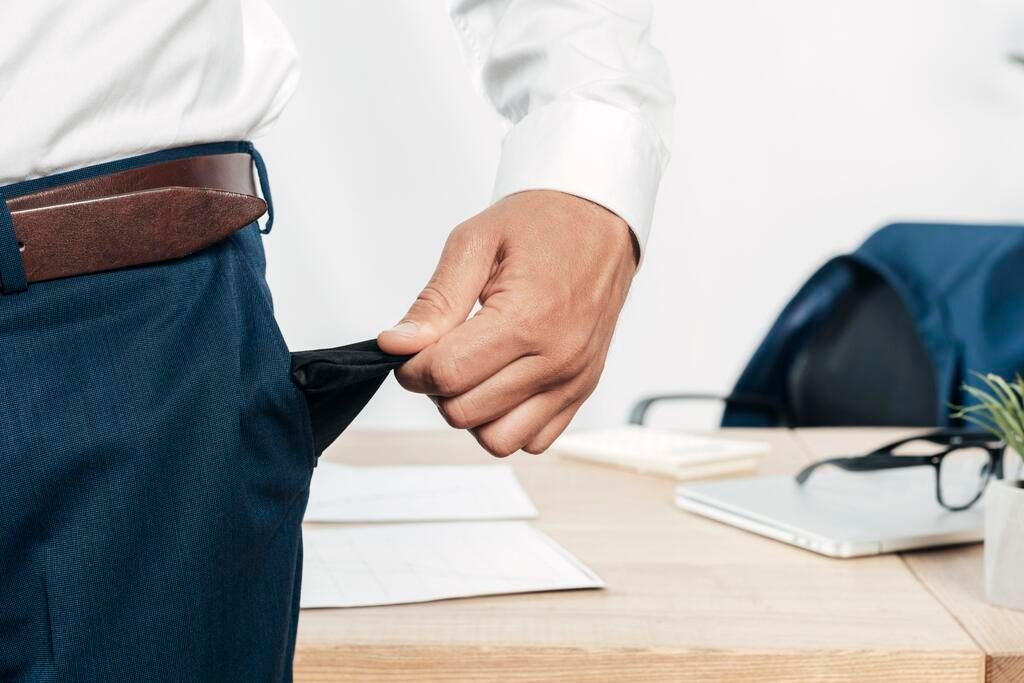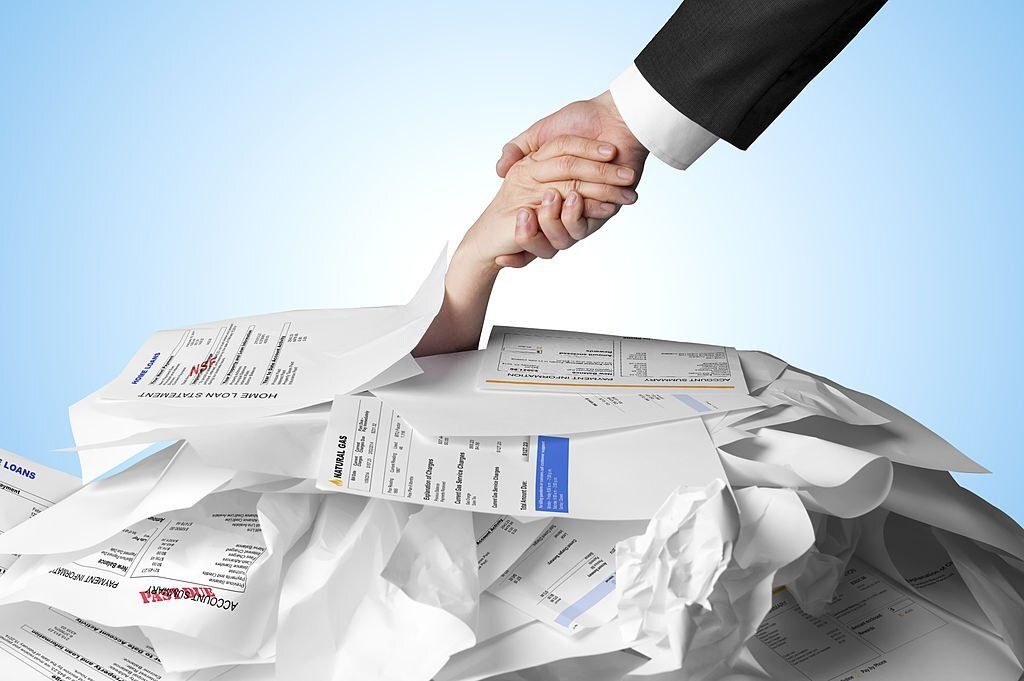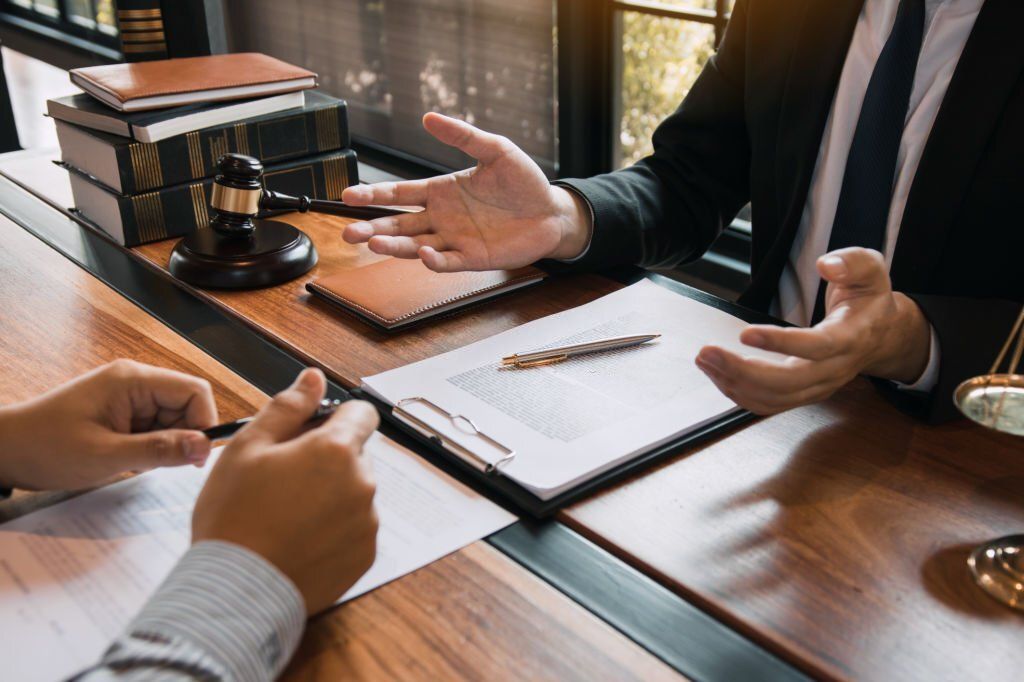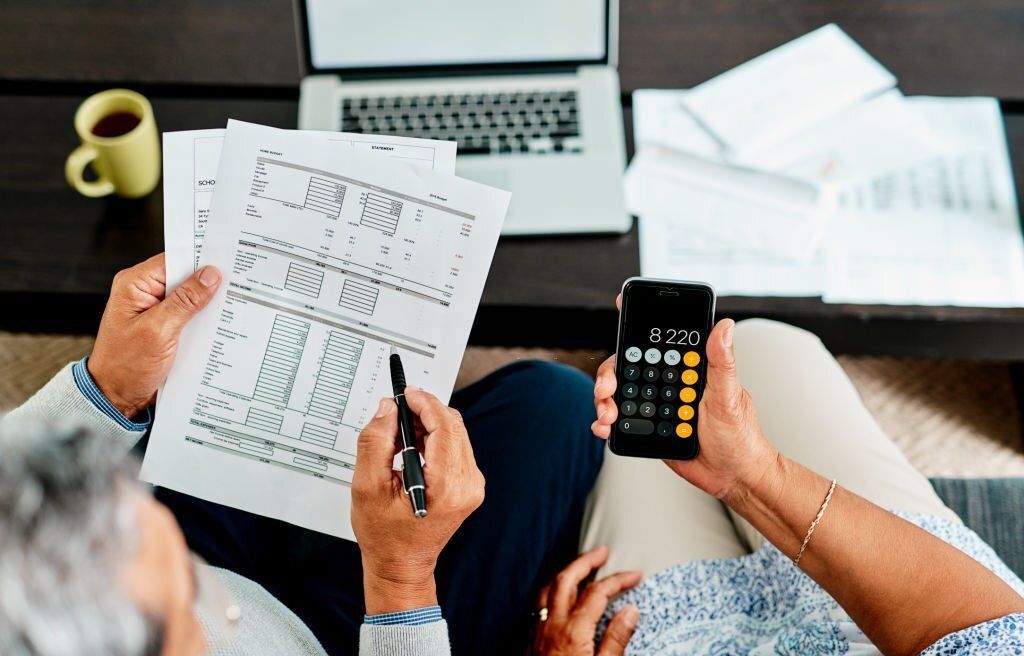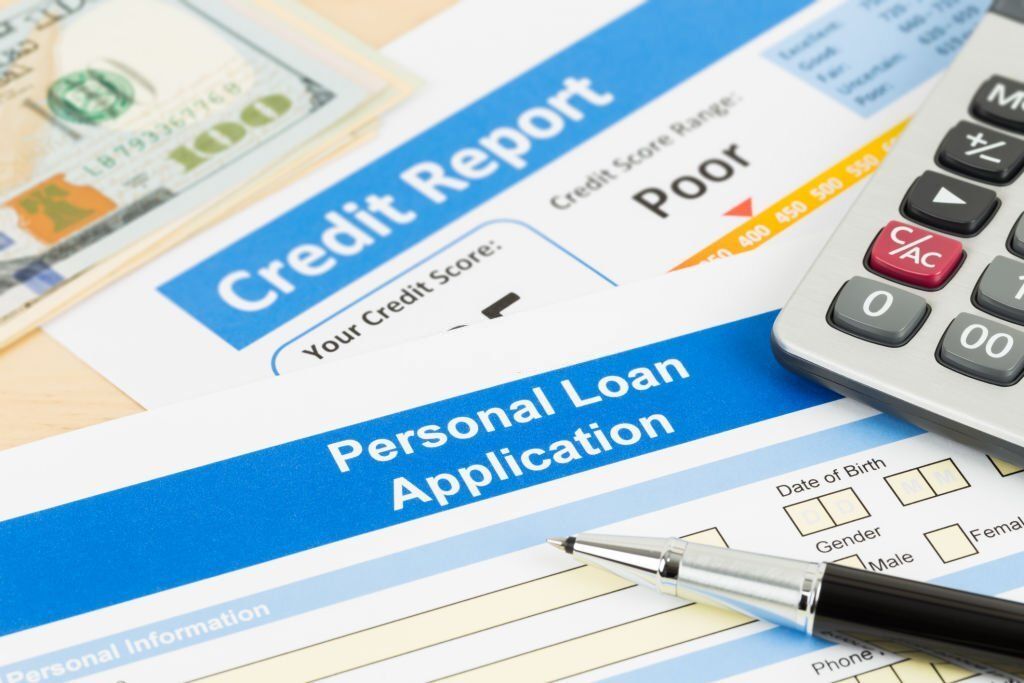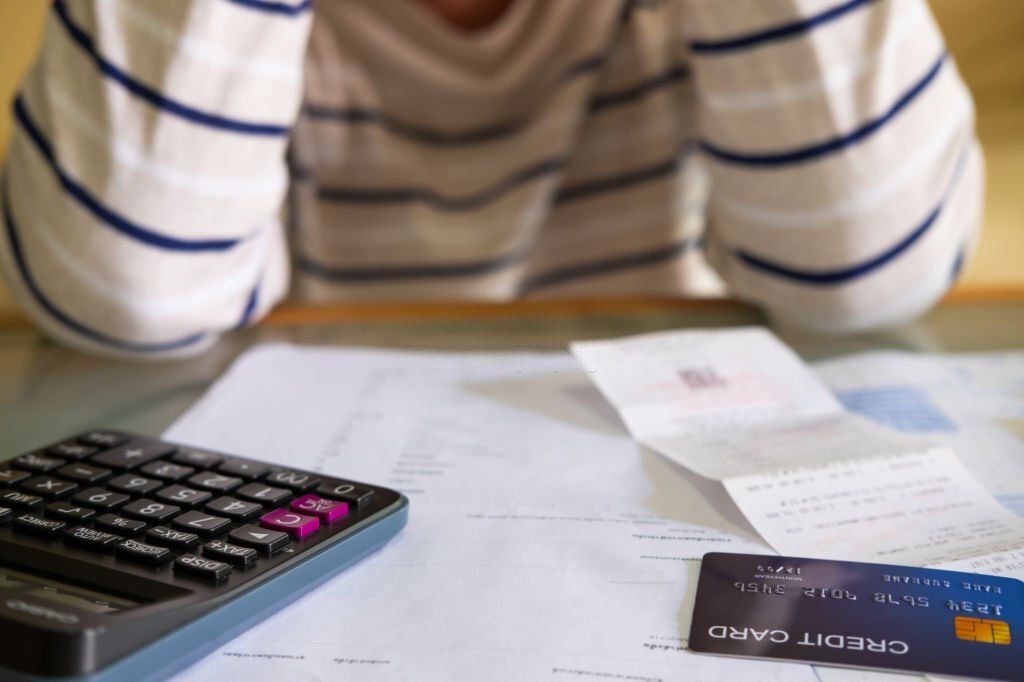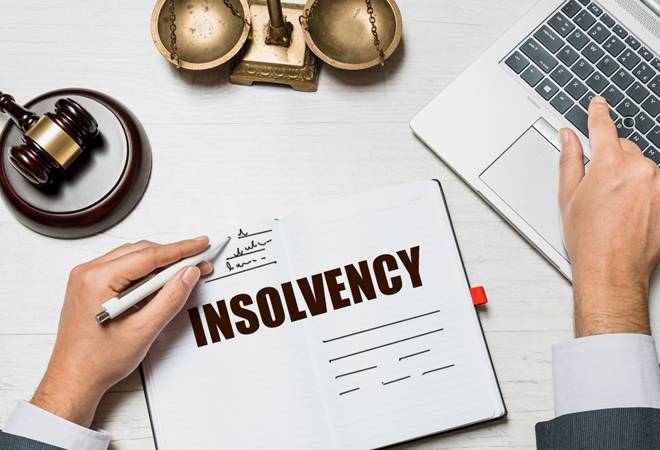Understanding the Difference Between Bankruptcy and Personal Insolvency
It's not unusual to hear the words 'bankruptcy' and 'personal insolvency' in the same breath, or even to hear them used interchangeably. While this is understandable – the two terms are very similar, and many individuals will experience both at the same time – they are not exactly the same.
Read on to learn more about bankruptcy and personal insolvency, and to gain a solid understanding of what can often be a stressful process.
Bankruptcy and Personal Insolvency: The Key Difference
The main difference between personal insolvency and bankruptcy is the legal response to each situation.
Personal Insolvency
In the case of personal insolvency, there is no legal response. Your legal status has not changed, and there are no specific legal protections offered to you, nor are there any definitive legal responsibilities associated with becoming insolvent.
Personal insolvency simply means that your debts have risen to a value that exceeds your own finances. Basically, your debt is now greater than you can reasonably expect to receive from the sale of your assets, and is greater than your income.
Bankruptcy
In the case of bankruptcy, there is a legal response, and your legal status does change. Because you are insolvent – i.e., because you cannot pay your debts for the reasons mentioned above – you will be protected from certain legal measures your creditors may decide to take against you. This helps to prevent the situation from spiralling out of control.
It should be noted that bankruptcy does not absolve you of your debts. As well as legal protection, there will be a legal responsibility to repay your creditors as best you can. To facilitate this, control of assets is generally handed over to an administrator, who will sell them off at a fair market rate in order to pay off the outstanding debt balance. A payment plan may also be set up to reduce the debt in a manageable way. The aim of bankruptcy proceedings is to protect the best interests of both you and your creditors, and to prevent a situation in which outstanding debt becomes unmanageable. In some instances, however, the available funds will not be enough to pay off your creditors. If this is the case, you will still be protected from further action, as long as you have followed the bankruptcy proceedings and complied with everything required of you.
The Reason for Confusion Between the Two Terms
The meanings of 'personal insolvency' and 'bankruptcy' are often confused, simply because they both stem from the same situation. Both involve situations where an individual cannot pay off their debts.
What generally happens is that the individual becomes insolvent, and then they file for bankruptcy. Their legal status does not change until bankruptcy is filed.
Experiencing Insolvency? Speak to Clare Corrigan
Here at Clare Corrigan, we recognise how stressful and draining insolvency can be. If you are experiencing this, or if you are considering filing for bankruptcy, get in touch with our team. We will help you navigate the financial, legal, and personal aspects of this process.
Contact our team today on 1300 631 710
